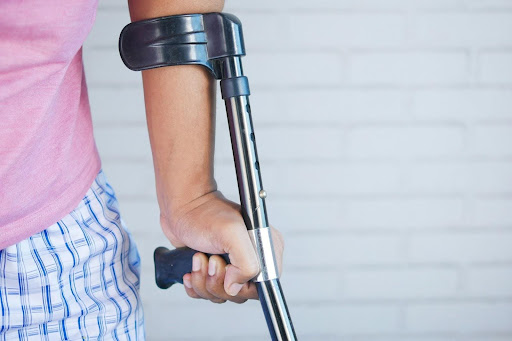Embarking on a fitness journey is a commendable decision, aiming to improve your health, strength, and overall well-being. However, the path to physical wellness is not without its challenges, and one significant obstacle many fitness enthusiasts may encounter is the risk of injuries. Whether it’s a sprained ankle from a misstep during a run or a more serious muscular injury during weightlifting, injuries can be a setback to your fitness goals. In such cases, understanding how to legally protect yourself becomes crucial. This blog post explores the legal aspects of fitness injuries and offers guidance on how you can safeguard your rights.
Consulting with Legal Professionals
If you’ve sustained an injury despite signing a waiver, it doesn’t mean you have no legal recourse. In some cases, waivers may be challenged, especially if there is evidence of gross negligence or intentional harm. Whether you are looking for a full-service law firm or any other kind, seeking legal advice from professionals specializing in personal injury law is a crucial step in understanding your options. Experienced attorneys can assess the validity of the waiver, evaluate the circumstances surrounding the injury, and determine if there are grounds for a legal claim. They can guide you through the process of seeking compensation for medical expenses, lost wages, and other damages resulting from the injury.
The Fitness Industry and Legal Responsibility
The fitness industry is booming, with gyms, personal trainers, and various workout programs catering to a diverse range of fitness goals. While these services can be immensely beneficial, they also come with inherent risks. Clients, despite the best intentions and precautions, may find themselves injured due to various factors, including equipment malfunctions, inadequate supervision, or even negligence.
In many jurisdictions, fitness professionals and facilities have a legal responsibility to ensure the safety of their clients. This duty includes providing proper equipment, maintaining a safe environment, and offering appropriate supervision and guidance. However, accidents can still happen, and it’s essential to know your legal rights in case you sustain an injury while pursuing your fitness goals.
Understanding Waivers and Release Forms
Before engaging in any fitness activity, it’s common for gyms and fitness professionals to require clients to sign waivers or release forms. These documents are legal agreements designed to protect the facility or trainer from liability in case of injury. While they may seem like a formality, understanding the content of these waivers is crucial.
Waivers typically outline the potential risks associated with the fitness activities you’re about to undertake and acknowledge that you are participating at your own risk. However, it’s important to note that not all waivers are created equal, and their enforceability can vary based on jurisdiction and the specific circumstances surrounding the injury.
Documentation and Evidence
To strengthen your legal case, it’s essential to document the incident and gather evidence promptly. This may include taking photos of the accident scene, recording witness statements, and obtaining medical records detailing the extent of your injuries. The more comprehensive your documentation, the stronger your position when seeking legal redress.
Insurance Coverage for Fitness Injuries
In addition to legal avenues, it’s important to explore insurance coverage options for fitness-related injuries. Health insurance policies may cover medical expenses resulting from accidents, but the extent of coverage can vary. Some fitness facilities also carry liability insurance, which can provide additional protection for clients who suffer injuries on their premises.
Before signing up for a fitness program or joining a gym, it’s advisable to review the insurance coverage offered and consider supplemental coverage if necessary. Understanding the terms and limitations of insurance policies can help you make informed decisions about your legal and financial protection in the event of an injury.
Promoting Safety and Accountability
While legal recourse is available for those who suffer fitness-related injuries, prevention is always the best course of action. Fitness professionals and facilities play a crucial role in fostering a safe environment for their clients. Regular equipment maintenance, proper supervision, and clear communication of potential risks can significantly reduce the likelihood of accidents.
Clients, too, should prioritize safety by adhering to guidelines, using equipment correctly, and communicating any concerns or discomfort promptly. Establishing a culture of safety and accountability within the fitness community benefits everyone involved and minimizes the occurrence of injuries.
Embarking on a fitness journey is a personal commitment to health and well-being, but it’s not without risks. In the unfortunate event of a fitness-related injury, understanding your legal rights and taking appropriate action is crucial. Whether it’s reviewing waivers, consulting with legal professionals, or exploring insurance coverage, proactive steps can help protect your rights and financial well-being.
Remember, the pursuit of fitness should be a positive and enriching experience. By staying informed and advocating for your safety, you can navigate the legal landscape surrounding fitness injuries and continue working towards your health and wellness goals with confidence.
